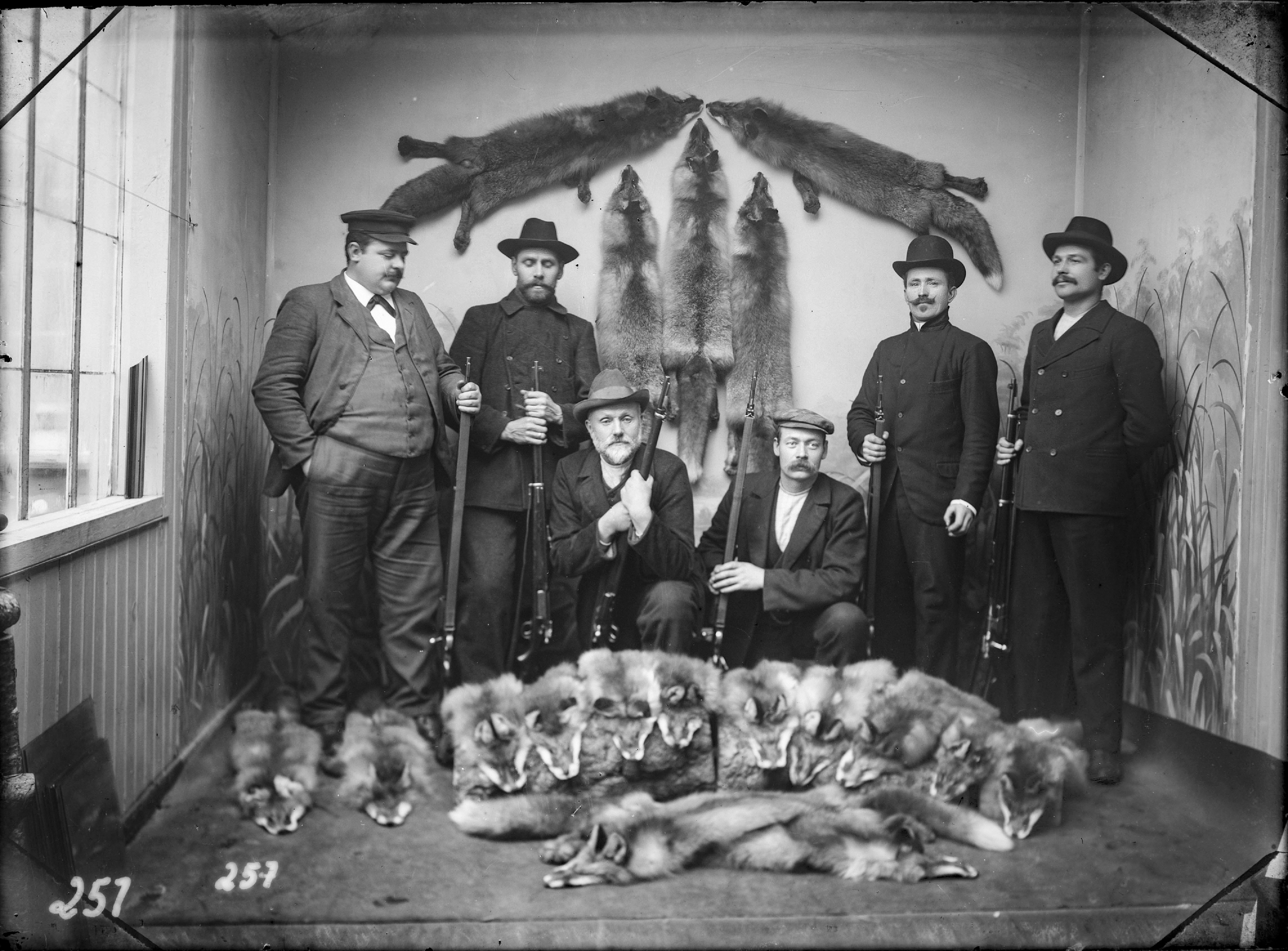Quirky or morbid?
From today's perspective, the skills and knowledge people used in the past can seem both whimsical and sometimes morbid. But in a time before money economy, plastic, electricity and shops, it was in many cases simply natural. The museum also drew the thread up to our time and what today's resource utilization looks like.
An eye opener
On Sunday, there will be a special introduction and guided tour of the exhibition with museum-educator Trine Anette Fostervold. Fostervold has been the project manager, and says that the exhibition work has been an eye-opener for her about the knowledge and resource utilization in the traditional farming community.
The things and the ways in which they were created show specialized skills that people in the past taught themselves and others. They made so much with their own hands out of raw materials that we could barely come up with today. It is a great example of how we can think sustainably in today's society, and I hope that the exhibition will both inspire and excite.

Today's society
In today's society, we rely more on plastic and mass production of our things and clothes, something that has consequences for both the environment and the preservation of traditional crafts. At the same time, the exhibition also gives evidence of how many people practice self-sufficiency to a greater or lesser degree today, such as eggs from their own chickens, spinning yarn from local sheep farmers and growing vegetables for their own use.
The exhibition will be on display for the rest of the year, so if you don't have time on Sunday, you can visit us during opening hours or book a tour. The exhibition is suitable for both school classes, teams and organizations and private groups.
For more information, contact
Museum-educator Trine Fostervold trifos@misf.no / 951 09 446
